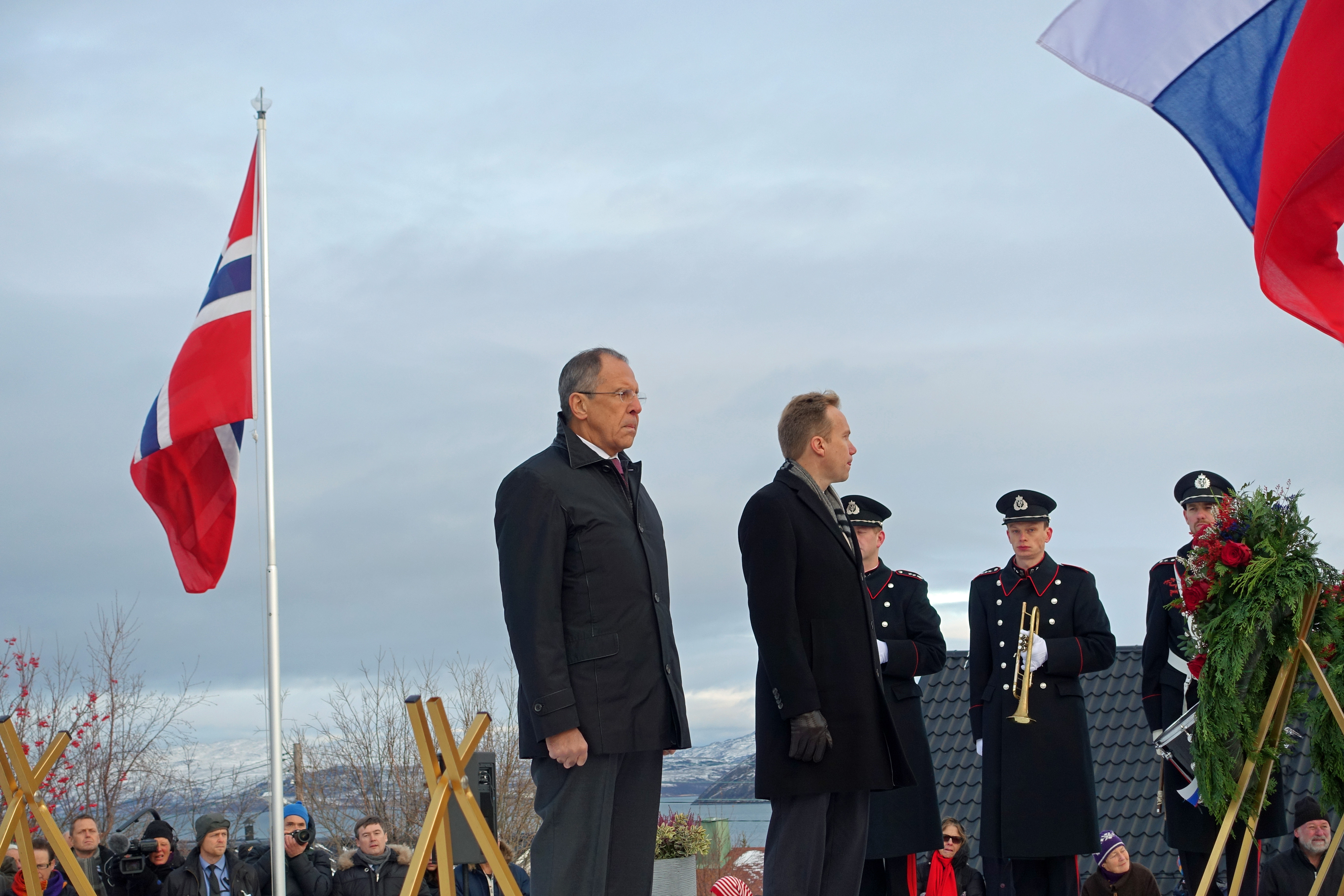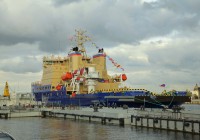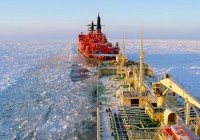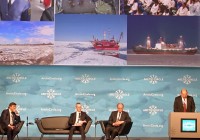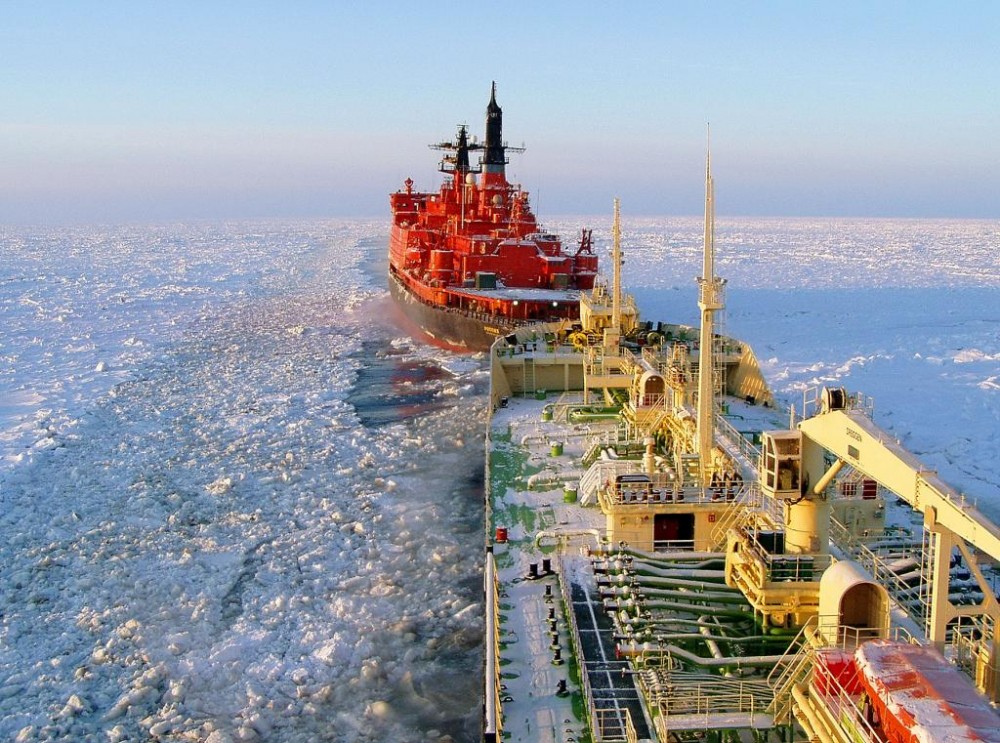
Lavrov: Russia to increase safety on Northern Sea Route
ADVERTISEMENT
Russia is activating the use of the Northern Sea Route (NSR) for transportation of goods in transit between Europe and Asia. In the long term this route will be useful and effective, Lavrov said in an interview with media from Mongolia, Japan and China, commenting on the development of Russia’s military presence in the Arctic.
“When there is growing interest to use this international route, then we, as a coastal state, bear special responsibility to ensure not only the efficiency, but also the safety of the route. It is necessary to provide reliable, effective control not only on the maritime areas but also along the coast,” he said accoring to TASS.
According to him, there needs to systems that can respond to emergencies, from search and rescue to terrorist threats, prevention of smuggling and drug trafficking and other types of organized crime. “All these tasks cannot be done without restoration of the infrastructure including the military, that was almost entirely lost in the 1990s,” the minister underlined.
Despite Russian aspirations to make the shortcut between Asia and Europe a competitor to the traditional route through the Suez Canal, a sharp decline in transit shipping via the path in the past two years indicates a loss of interest from international shippers.
Navigation via the Northern Sea Route (NSR) has been growing rapidly since 2010, when Novatek sent an Aframax tanker with stable condensate from Murmansk to China’s Ningbo Port in 22 days, around half the time of the traditional route through the Suez Canal.
Transit cargoes hit a record high in 2012 of 1.262 million tons.
International traffic on NSR began to decline in 2014, falling a three-quarter year on year to a little more than 274,100 tons. In 2015 transited cargos declined by another 86 percent to under 40,000 tons, as the Barents Observer reported.
ADVERTISEMENT
Russia is now developing the passage with the intention of increasing crude oil and liquefied natural gas deliveries from fields and port in the Russian Arctic to international markets.
